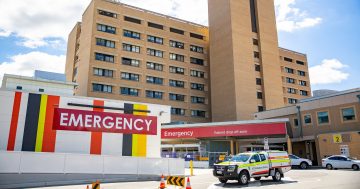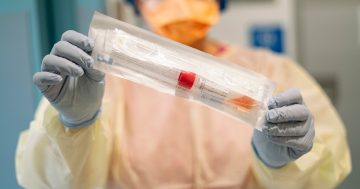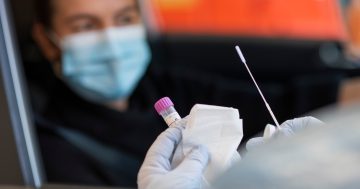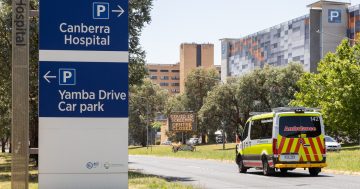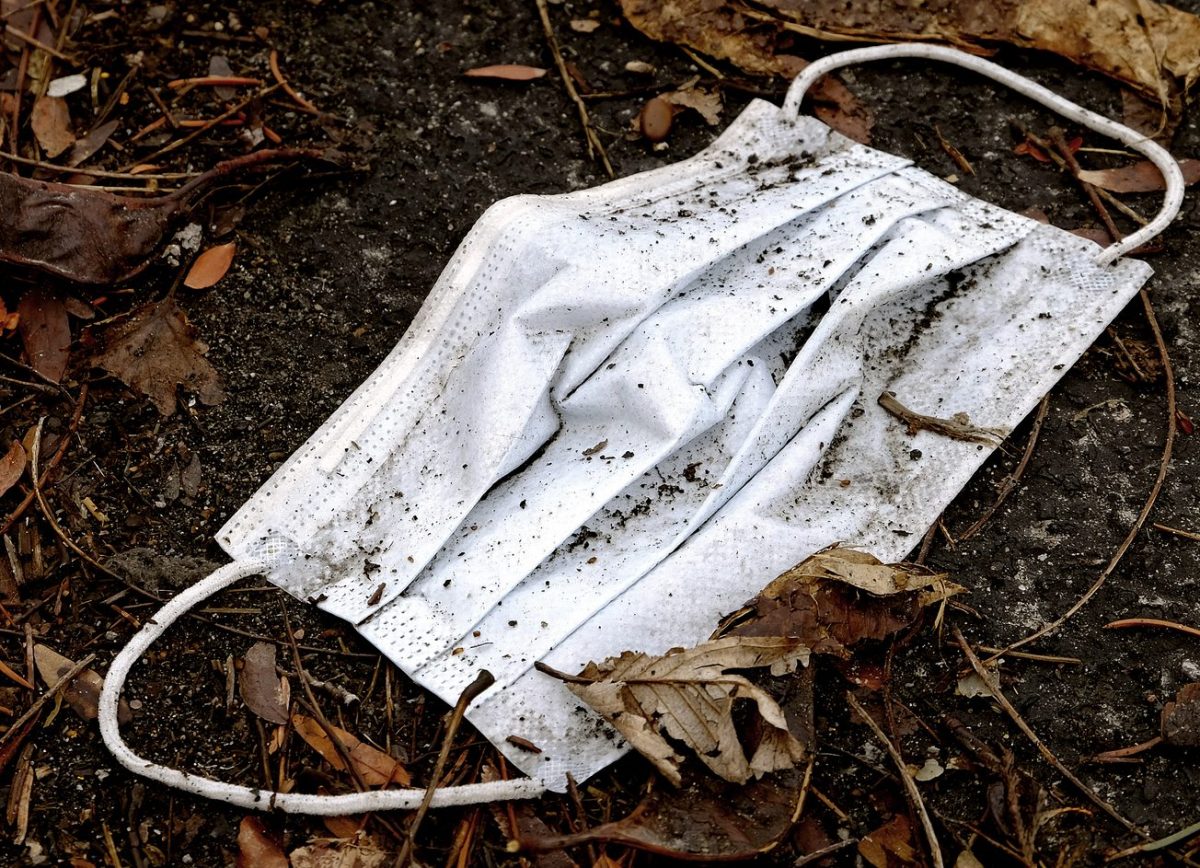
Mandatory isolation is no longer required but it is recommended. Photo: File.
From today, isolation is no longer mandatory for people who test positive for COVID-19, but health authorities continue to urge it.
It marks the end of one of the defining elements of the public health response to the pandemic since March 2020.
Minister for Health Rachel Stephen-Smith said the Territory’s high vaccination rates would help protect against the disease.
When the change was announced two weeks ago, ACT Chief Health Officer Dr Kerryn Coleman said the end of mandatory isolation could theoretically lead to an uptick in transmission.
She wouldn’t explicitly throw her support behind it but noted the ACT was in a low-risk situation.
Some health experts, including the Australian Medical Association, have warned against it.
So, what do I do now if I’m sick?
It’s still recommended you regularly test for the virus if you have any symptoms like a runny nose, sore throat, cough or fever with a rapid antigen test.
You’re also encouraged to stay at home if unwell.
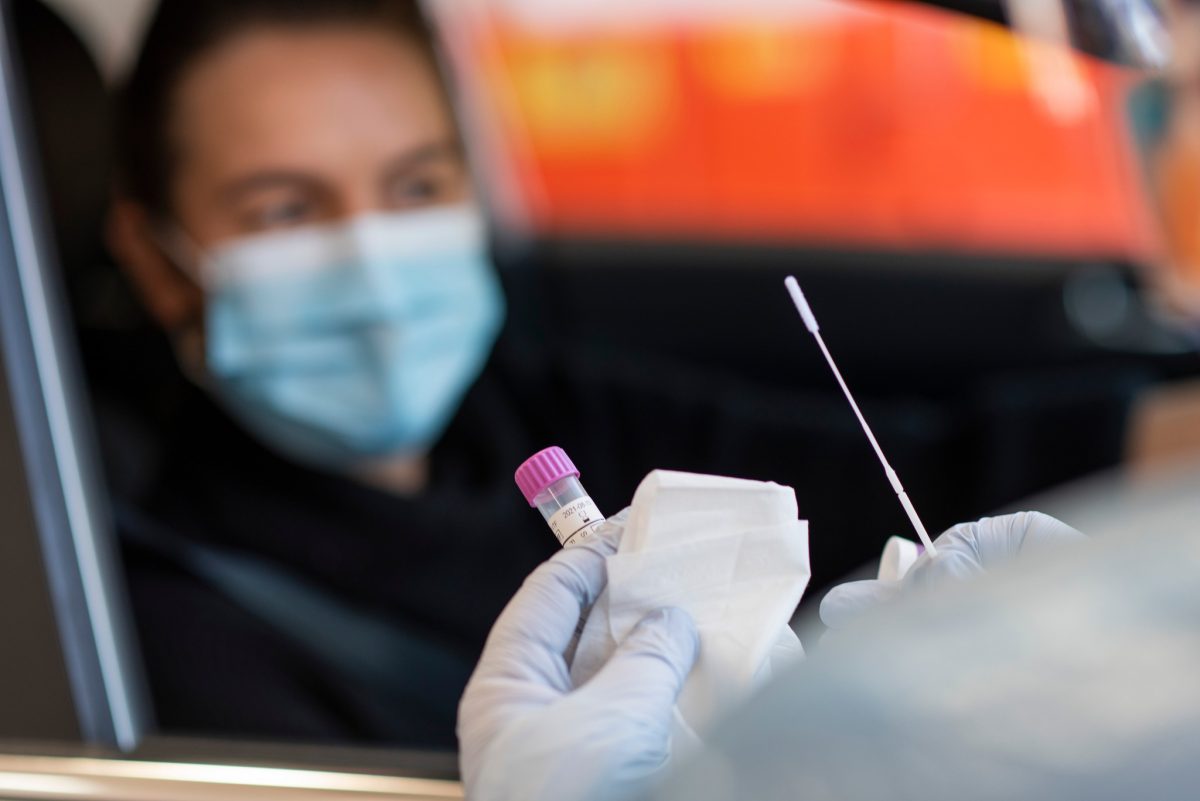
PCR testing is now only recommended for some cohorts of people. Photo: Canberra Health Services.
Should I use a RAT or get a PCR?
At this point, rapid antigen tests are recommended for most people.
PCR testing is still available but has been scaled back in line with reduced demand in the community and is now recommended for vulnerable cohorts, those who cannot access a RAT and those who have symptoms and a negative RAT.
PCR tests conducted in the period covered by the recent epidemiological report (Monday, 3 October to Sunday, 9 October) declined to 2924 from 3871 in the previous week. The test positivity rolling mean for the reporting period was 7 per cent compared with 6 per cent last week.
And if I test positive?
Same thing. It’s still recommended you stay at home.
In the Territory, people who test positive for the virus must also report positive RAT results to ACT Health.
This can be done via an online form.
What about my household contacts?
You should definitely tell them you’ve tested positive and take steps to mitigate the risk of them becoming ill.
Household contacts no longer have to abide by any rules. But it’s recommended they monitor for symptoms, wear a mask on public transport and in indoor spaces that are not their own home, test regularly and avoid high-risk spaces.
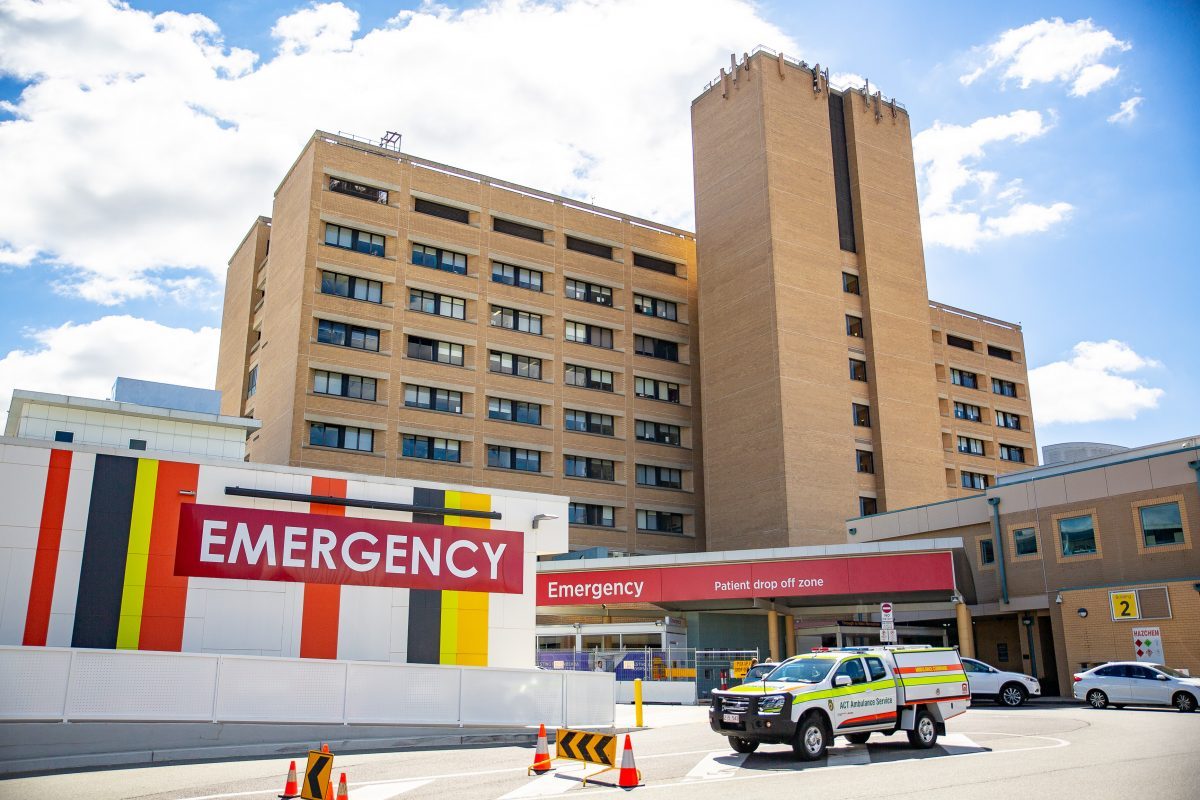
Visitors to hospitals are still required to wear face masks if they are 12 years and older. Photo: File.
What are those high-risk spaces? Do they have different rules?
High-risk spaces include healthcare settings like hospitals, disability care and aged care.
Workers from these industries will still be required to abide by mandatory isolation. They will be able to access a Federal Government support payment if they don’t have any sick leave.
It will remain a requirement to wear a mask when visiting a high-risk setting if you’re aged 12 and above.
So, that’s it?
Essentially, yes.
While authorities have stressed that the pandemic is not over, there are almost no remaining restrictions. It means COVID-19 will be treated like any other disease for the foreseeable future.
But Ms Stephen-Smith has pointed out that the Territory can reinstate public health restrictions if there are significant developments.
The ACT remains in a state of COVID-19 management.
Are people still catching COVID-19, anyway?
According to Health’s most recent weekly update, 657 (235 PCR and 422 RAT) infections were identified in the week to 4 pm on Thursday, 13 October.
As of yesterday, there were 50 people requiring hospitalisation for the virus, including one in the ICU. No one requires ventilation.
There are 421 active cases in the ACT, and since March 2020, 206,938 infections have been recorded.
Last week, the ACT recorded 536 (213 PCR and 323 RAT) COVID-19 infections.
Of the Territory’s five to 15 population, 77.4 per cent have received two doses of vaccine; 78.3 per cent of those aged 16 and over have received three doses; 60.2 per cent of those aged 50 and over have received four doses.
Around 11.5 per cent of positive tests were repeat infections, according to Health’s recent weekly epidemiological report.
This was down on last week when 15 per cent of all cases were in individuals who had previously tested positive.
What about interstate?
Interstate, over the past week, NSW recorded 11,900 new cases (7224 RAT and 4676 PCR) and 37 people died with the virus.
There are now 913 COVID-19 patients in the state’s hospitals and 19 people in ICU.
Victoria recorded 8061 cases and 46 pandemic-related deaths.
The state’s seven-day rolling average for hospitalisations was 148 patients and seven people in the ICU.












